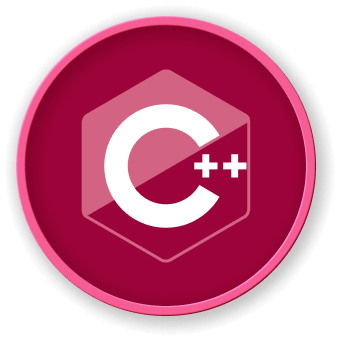Pitfalls of Missing Break
Understanding Fall-Through Behavior
When a break statement is omitted in a switch statement, the program continues executing subsequent case blocks, a phenomenon known as "fall-through". This can lead to unexpected and potentially dangerous code execution.
Demonstration of Fall-Through
#include <iostream>
void demonstrateFallThrough(int value) {
switch (value) {
case 1:
std::cout << "One ";
// Missing break
case 2:
std::cout << "Two ";
// Missing break
case 3:
std::cout << "Three ";
// Missing break
default:
std::cout << "Default" << std::endl;
}
}
int main() {
demonstrateFallThrough(1); // Outputs: One Two Three Default
demonstrateFallThrough(2); // Outputs: Two Three Default
return 0;
}
Potential Risks
| Risk Type |
Description |
Potential Consequence |
| Unintended Execution |
Code runs beyond intended case |
Logical errors |
| Performance Overhead |
Unnecessary code execution |
Reduced efficiency |
| Debugging Complexity |
Hard to trace execution path |
Increased maintenance effort |
Flow Visualization
graph TD
A[Enter Switch] --> B{Value = 1}
B --> |Yes| C[Execute Case 1]
C --> D[No Break - Continue to Case 2]
D --> E[Execute Case 2]
E --> F[No Break - Continue to Case 3]
F --> G[Execute Case 3]
G --> H[Execute Default]
Intentional Fall-Through Scenarios
Sometimes, fall-through can be deliberately used for grouped logic:
switch (errorCode) {
case 404:
case 403:
case 401:
handleAuthenticationError();
break;
case 500:
case 502:
case 503:
handleServerError();
break;
}
Compilation and Warning
On Ubuntu 22.04, compile with warnings to detect potential issues:
g++ -std=c++11 -Wall -Wextra switch_example.cpp -o switch_example
Best Practices
- Always use
break unless fall-through is intentional
- Add comments when deliberately omitting
break
- Use compiler warnings to detect potential issues
By understanding these pitfalls, LabEx learners can write more robust and predictable switch statements.




